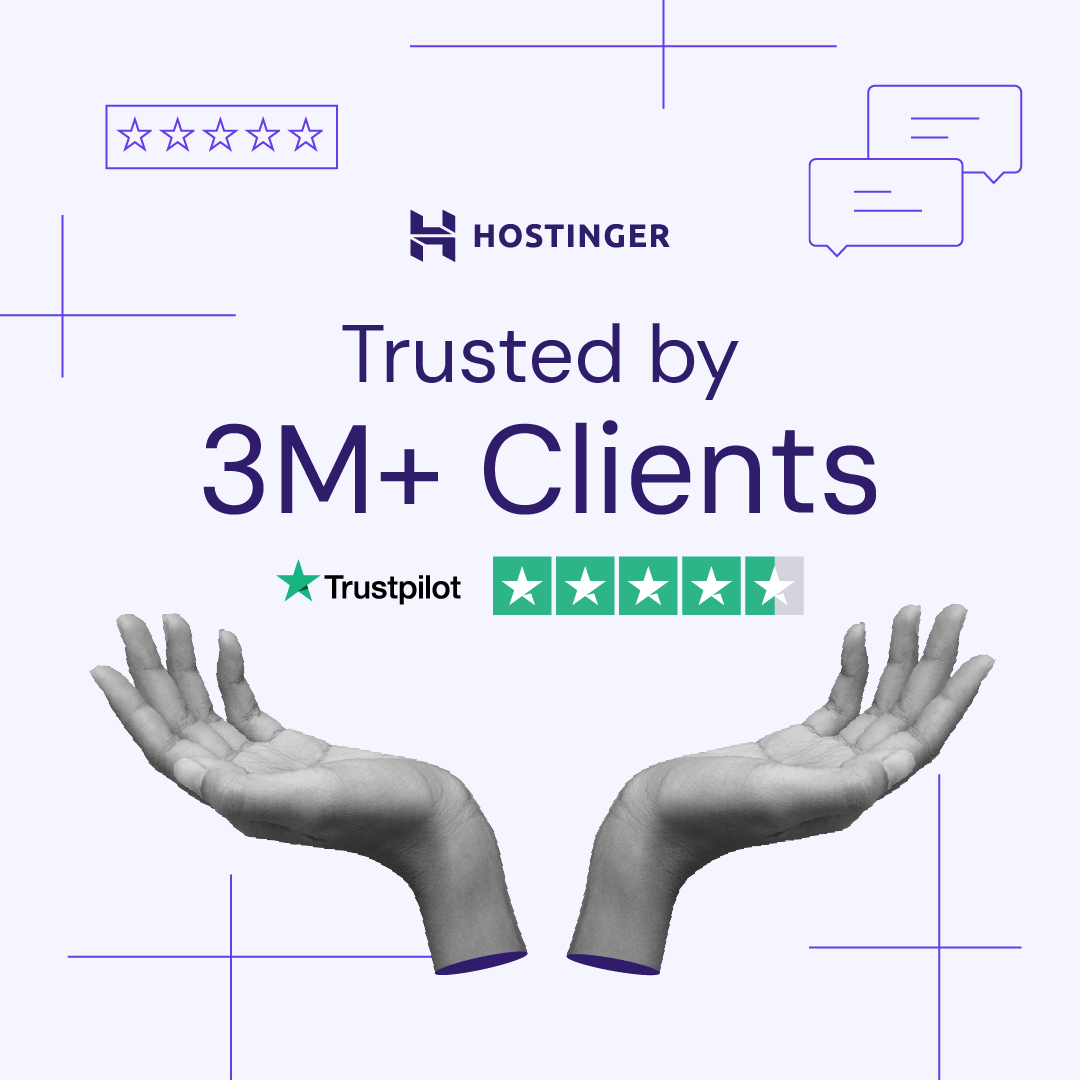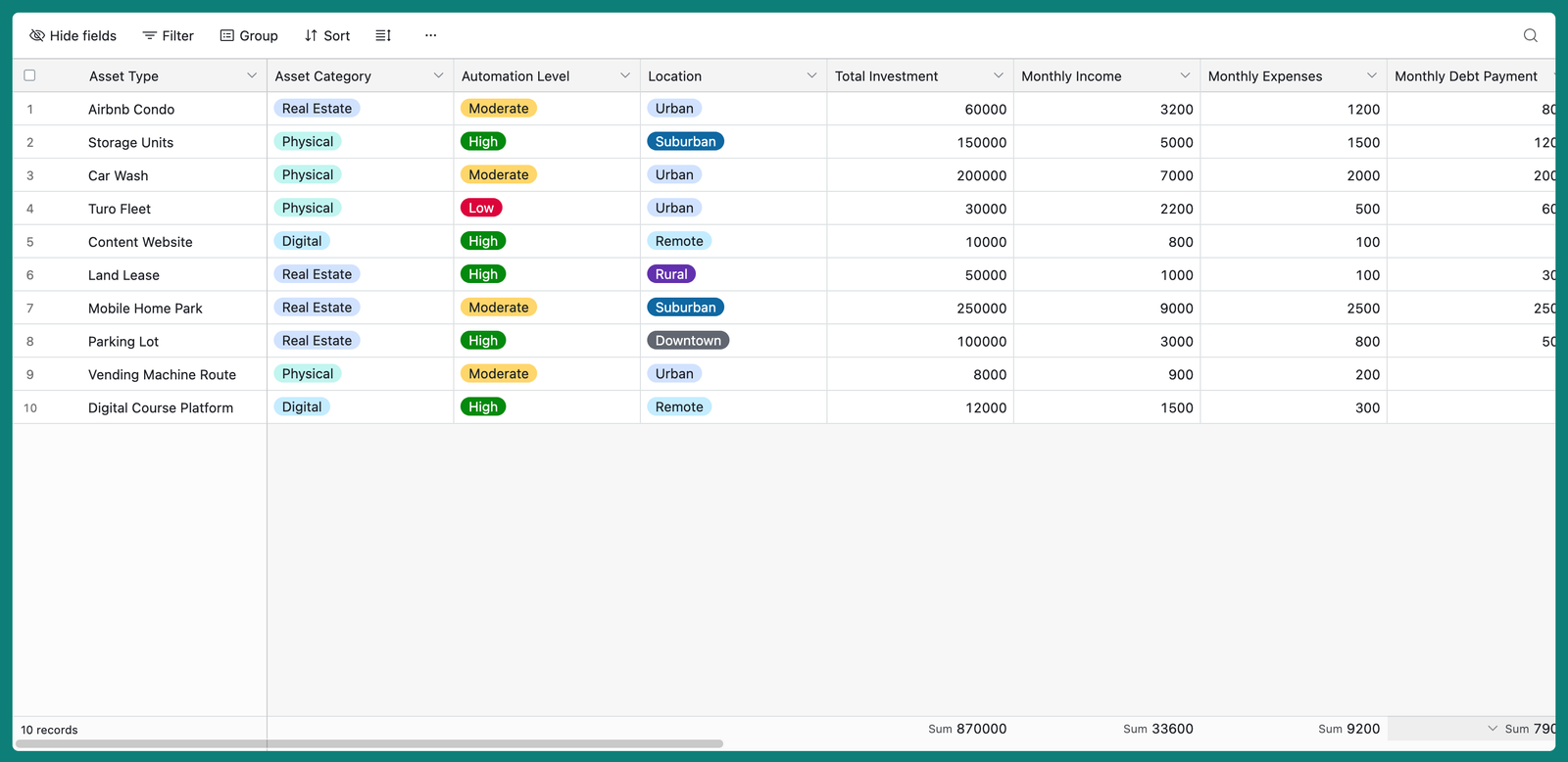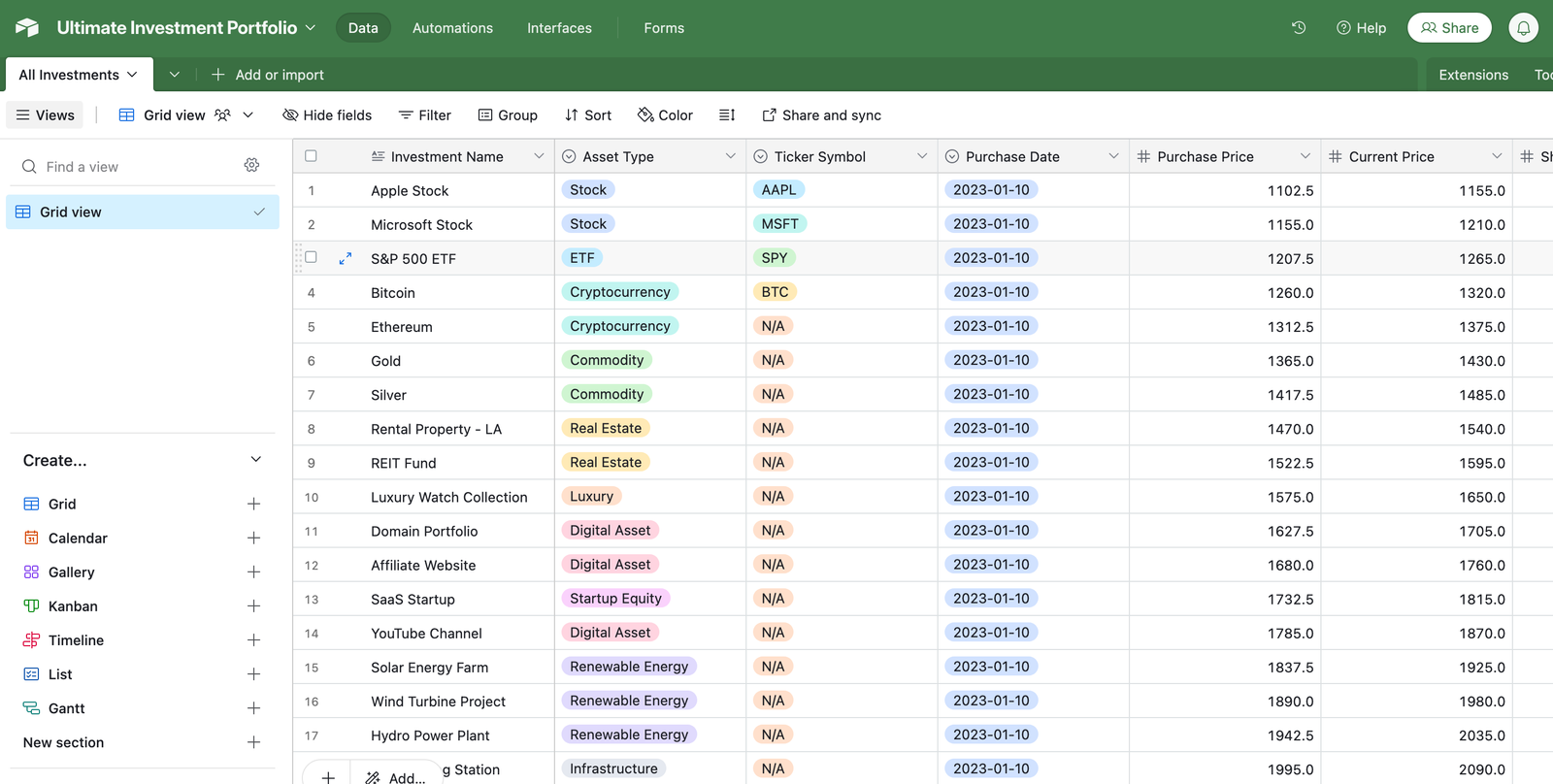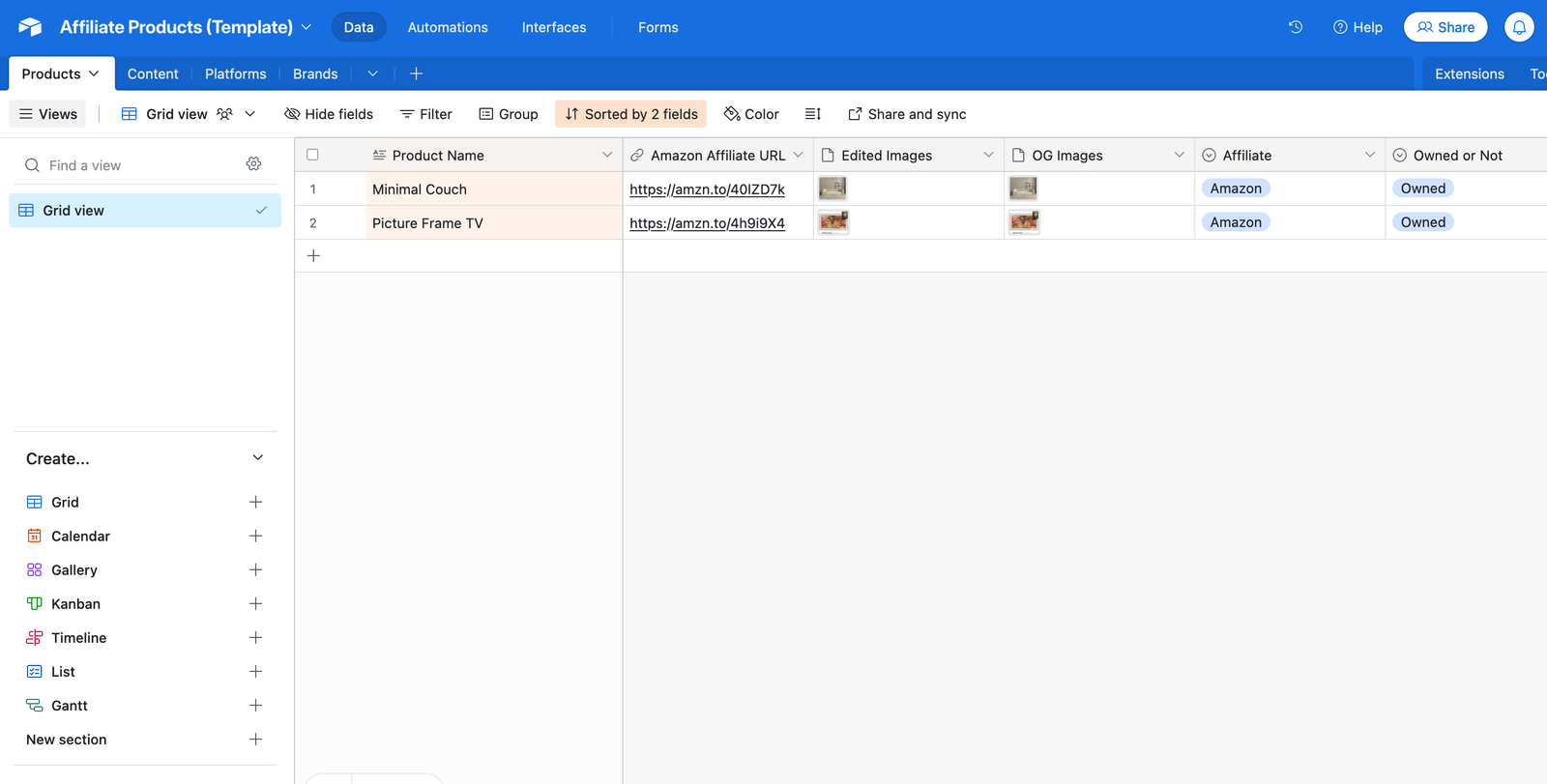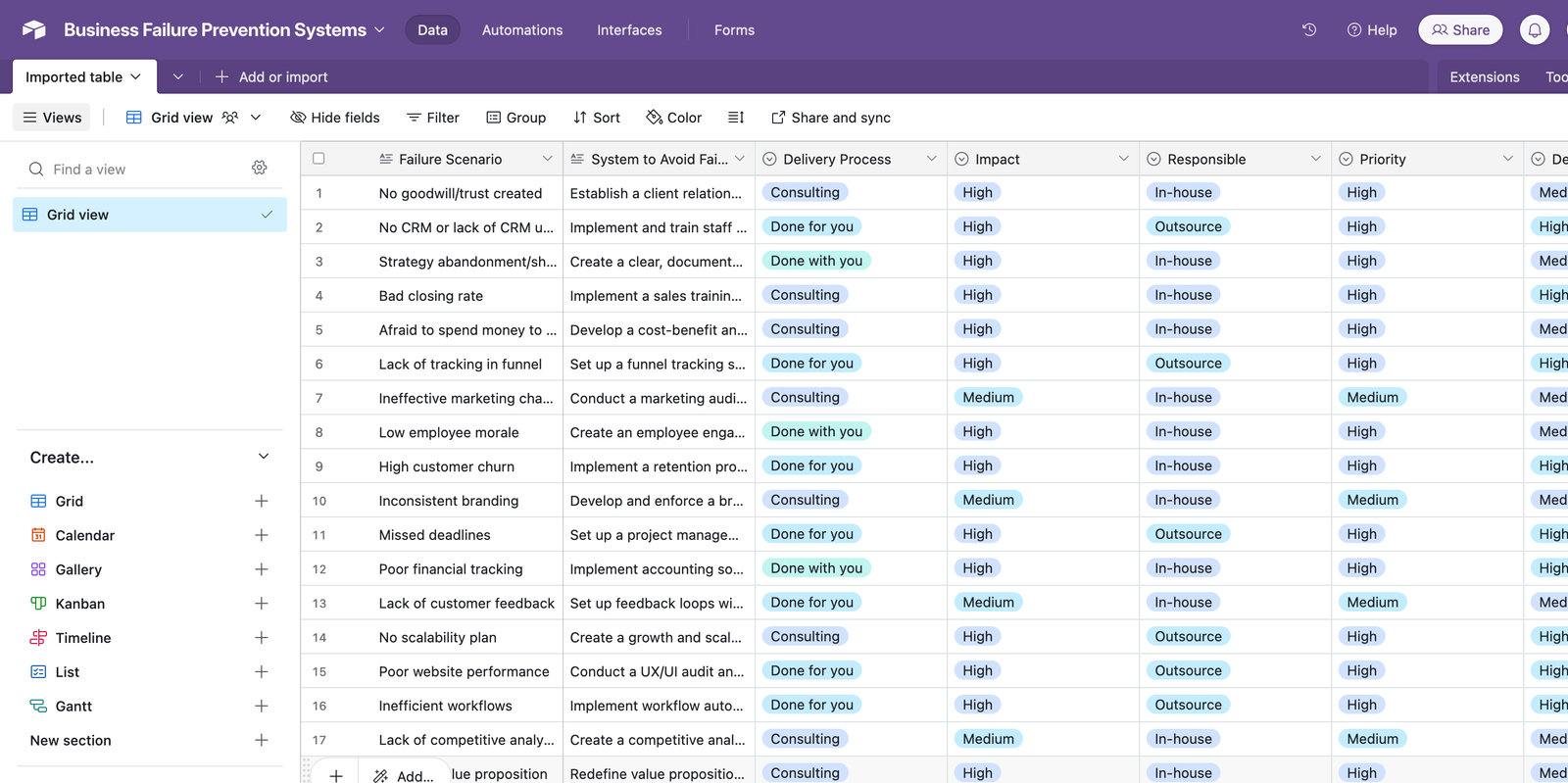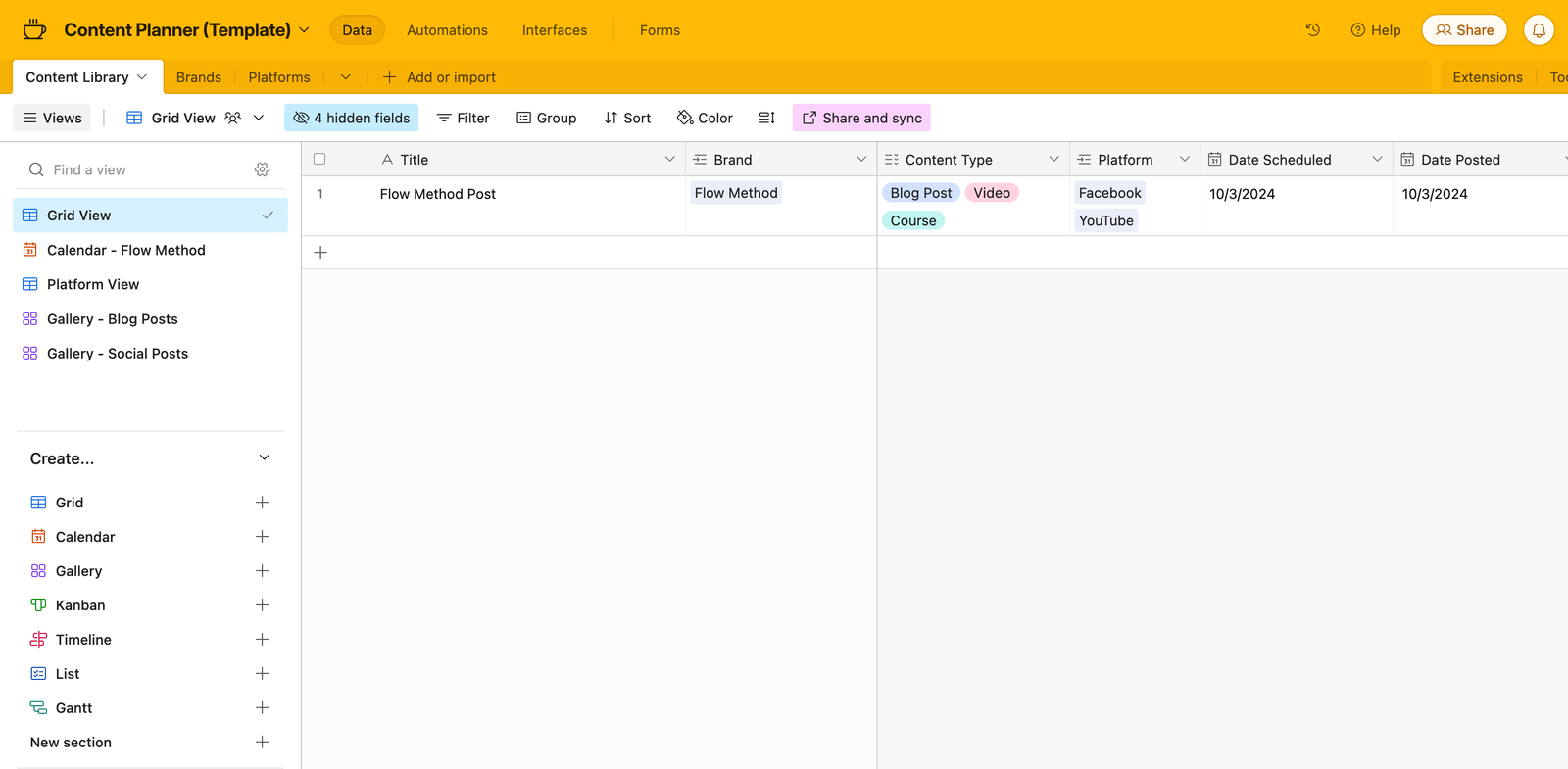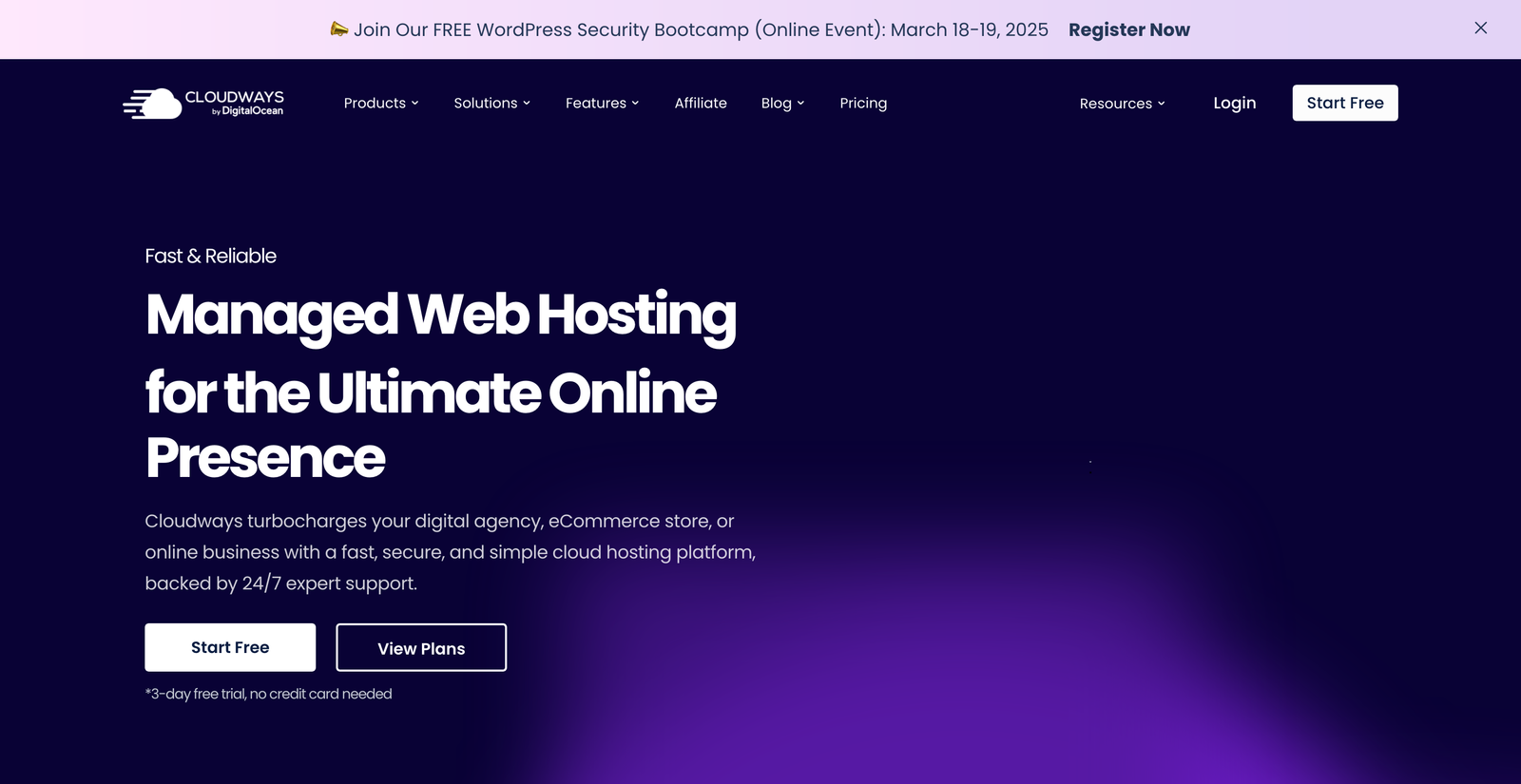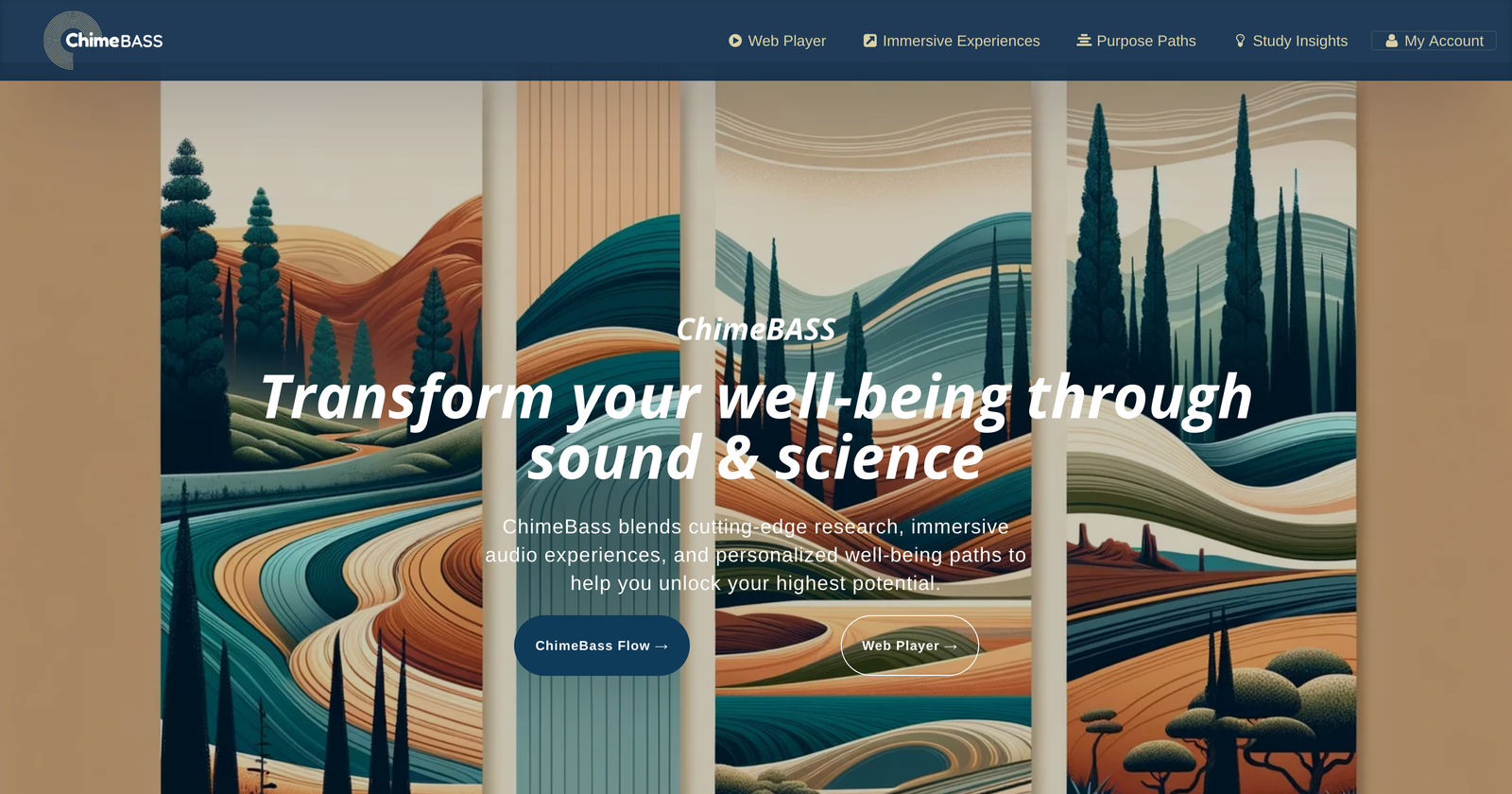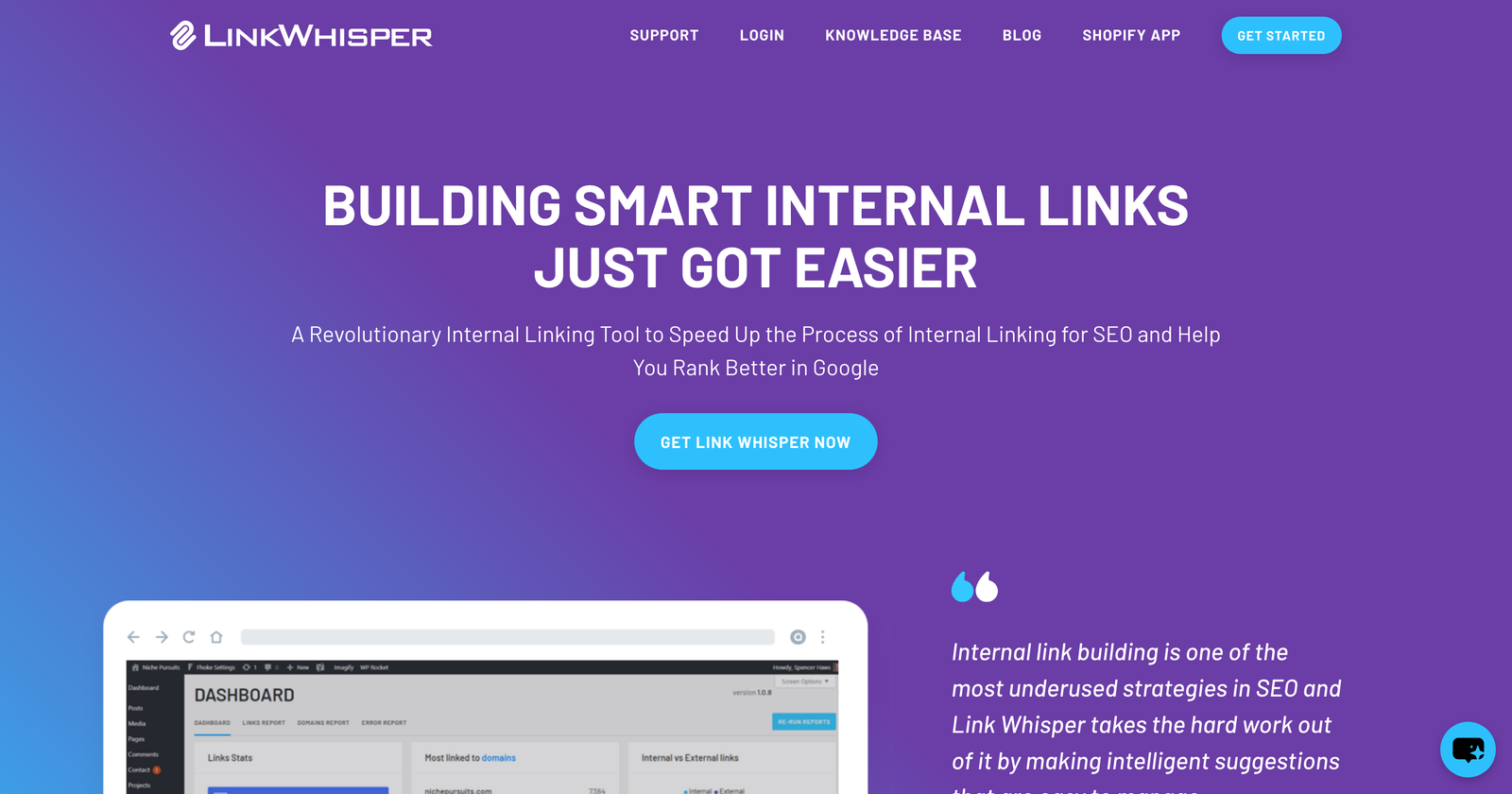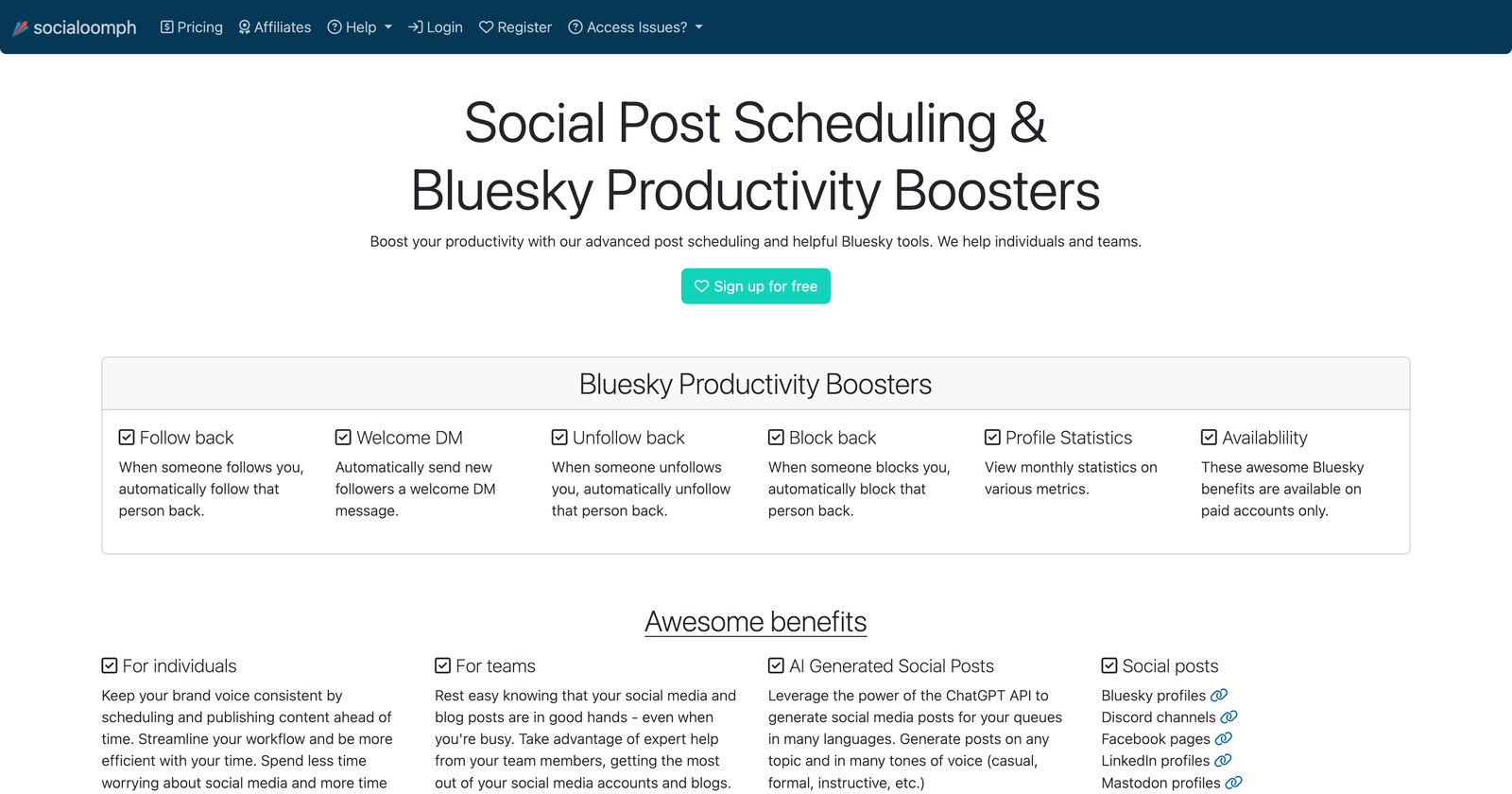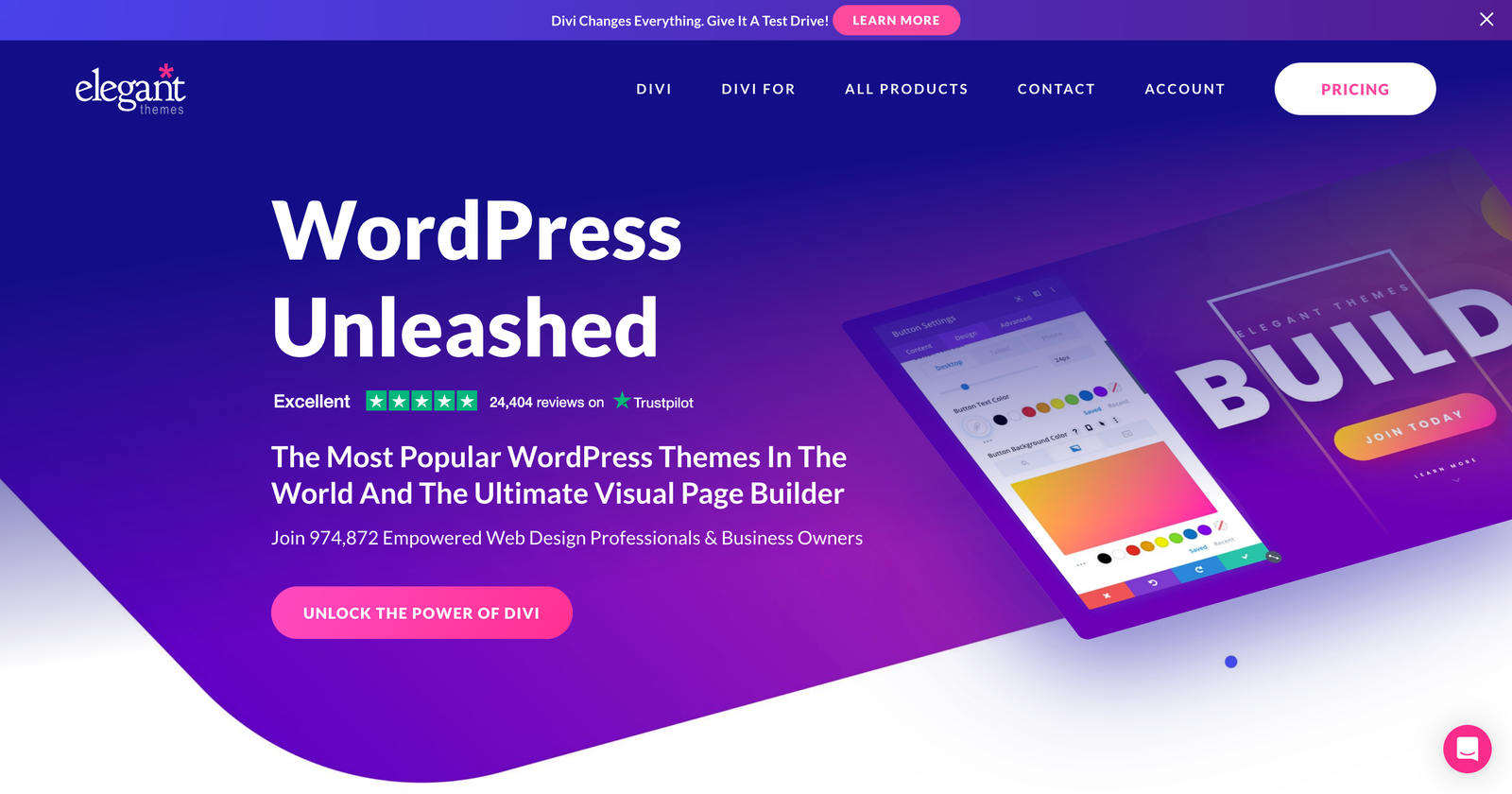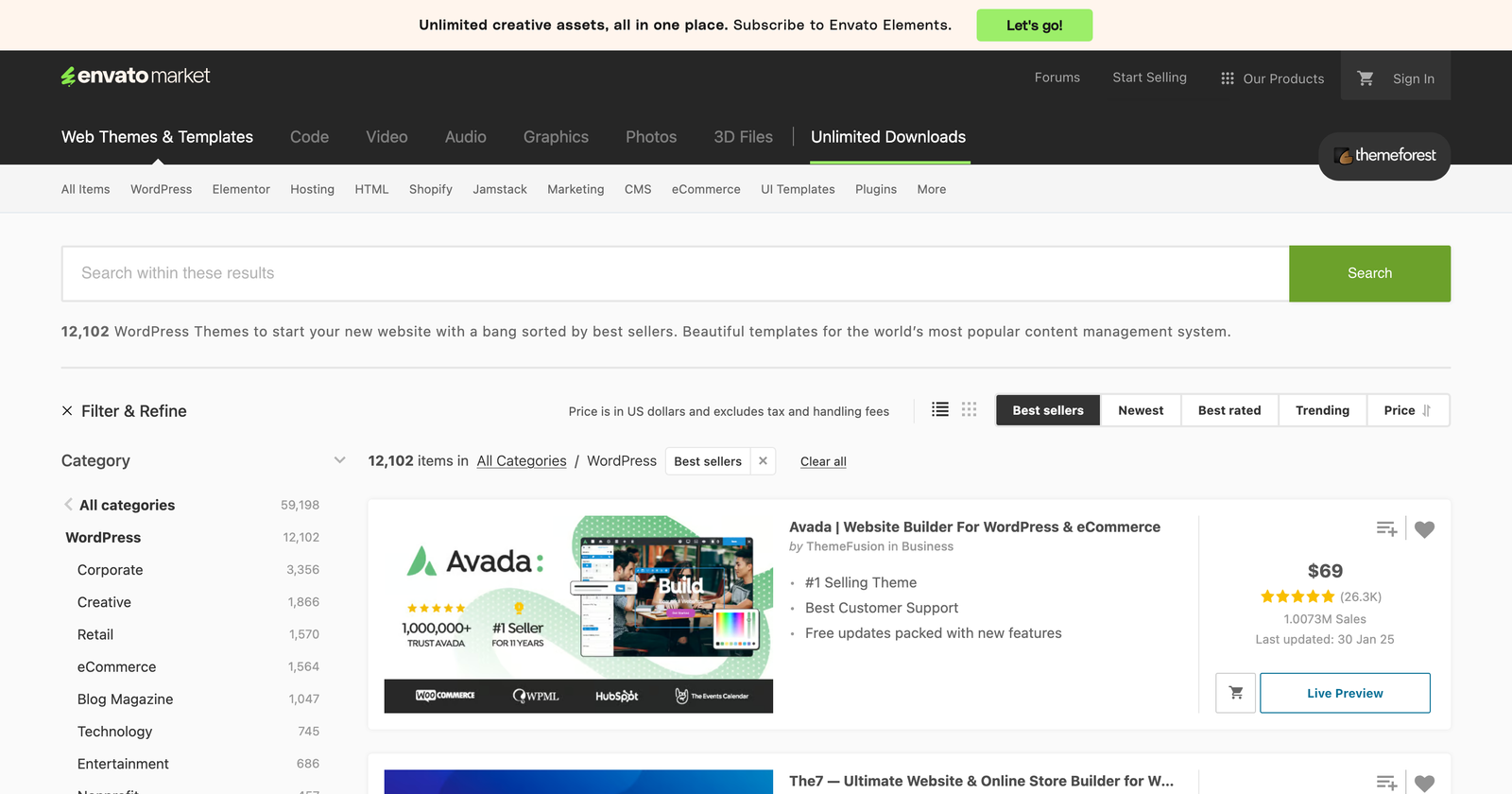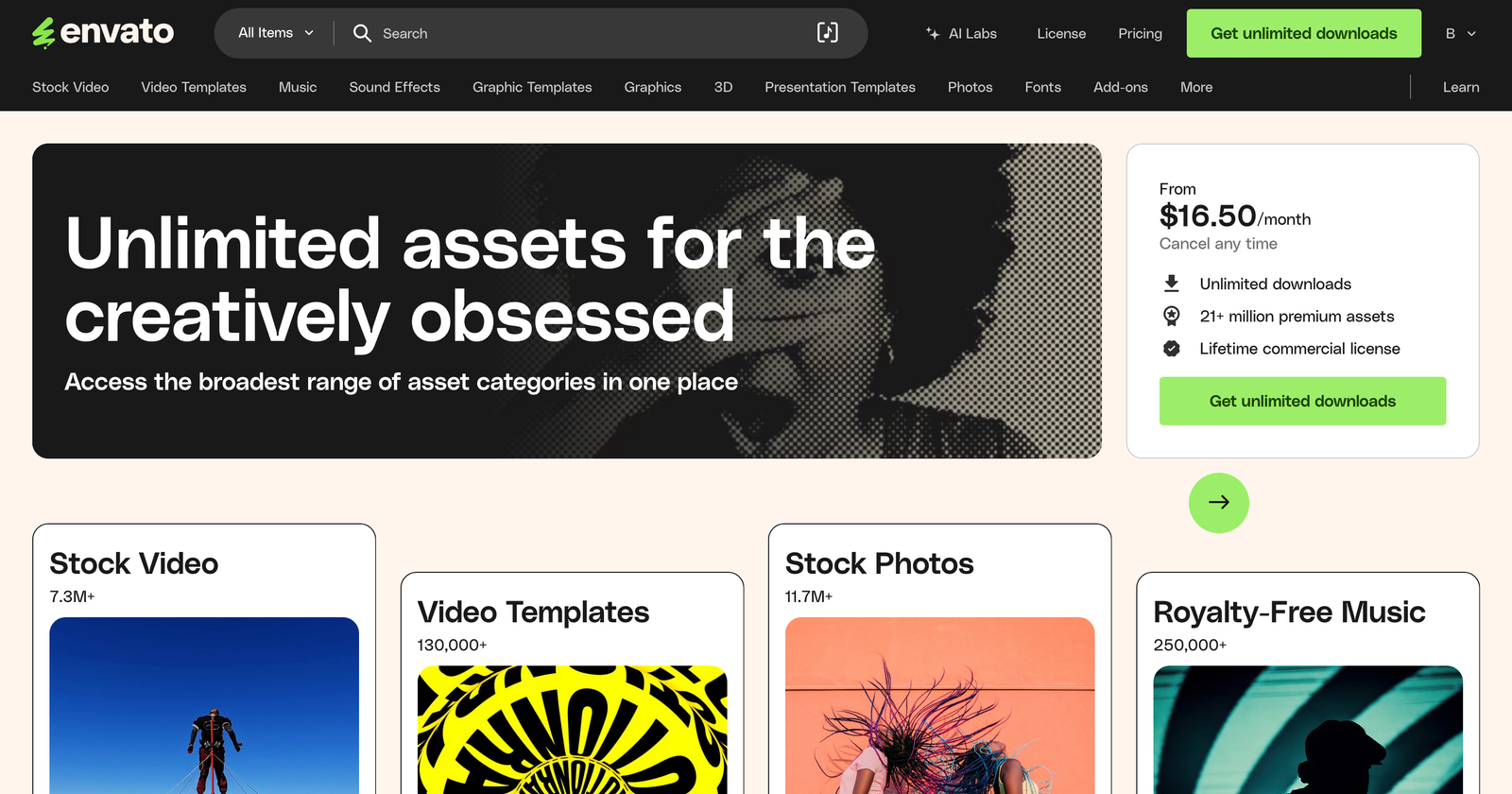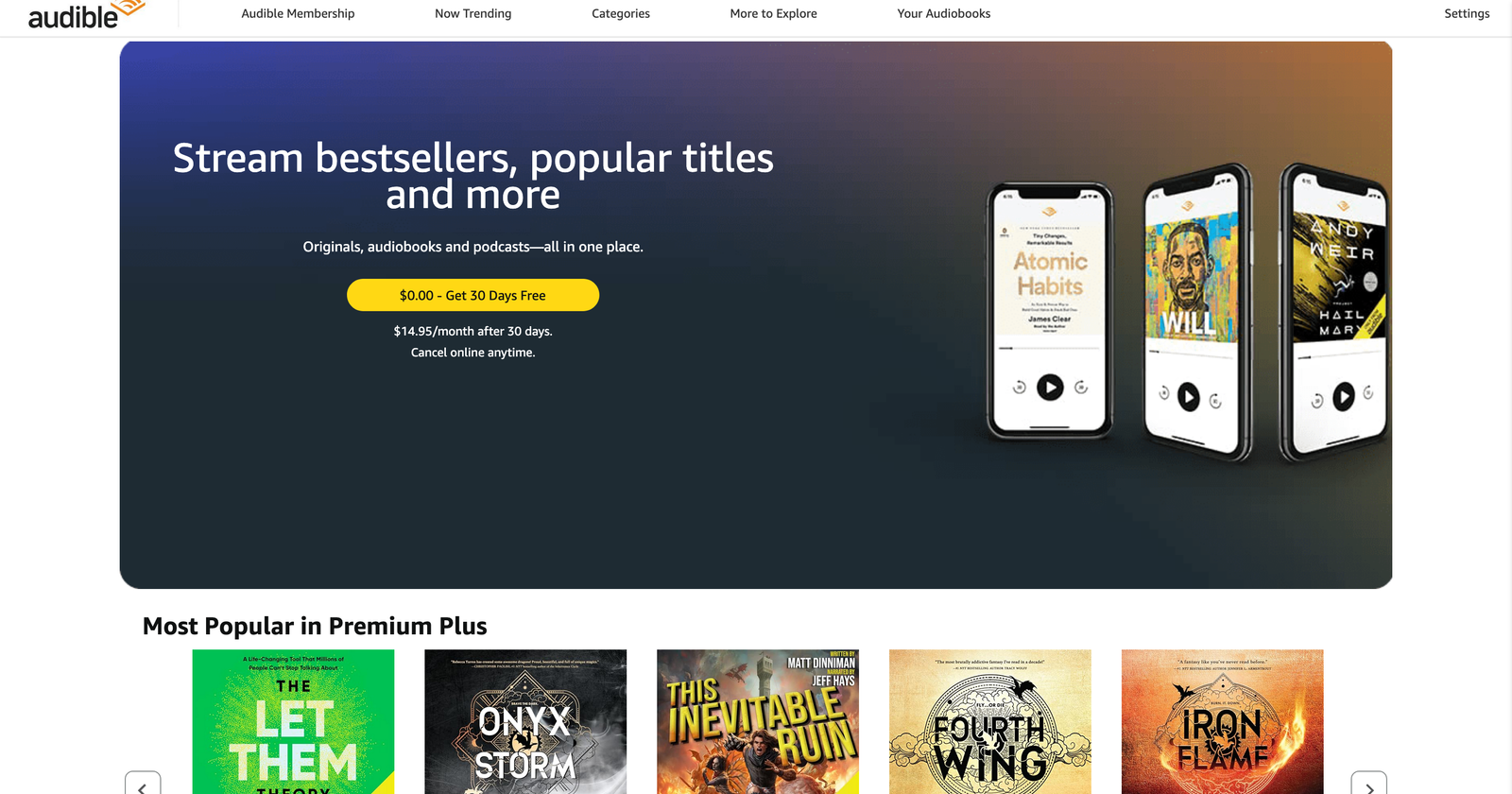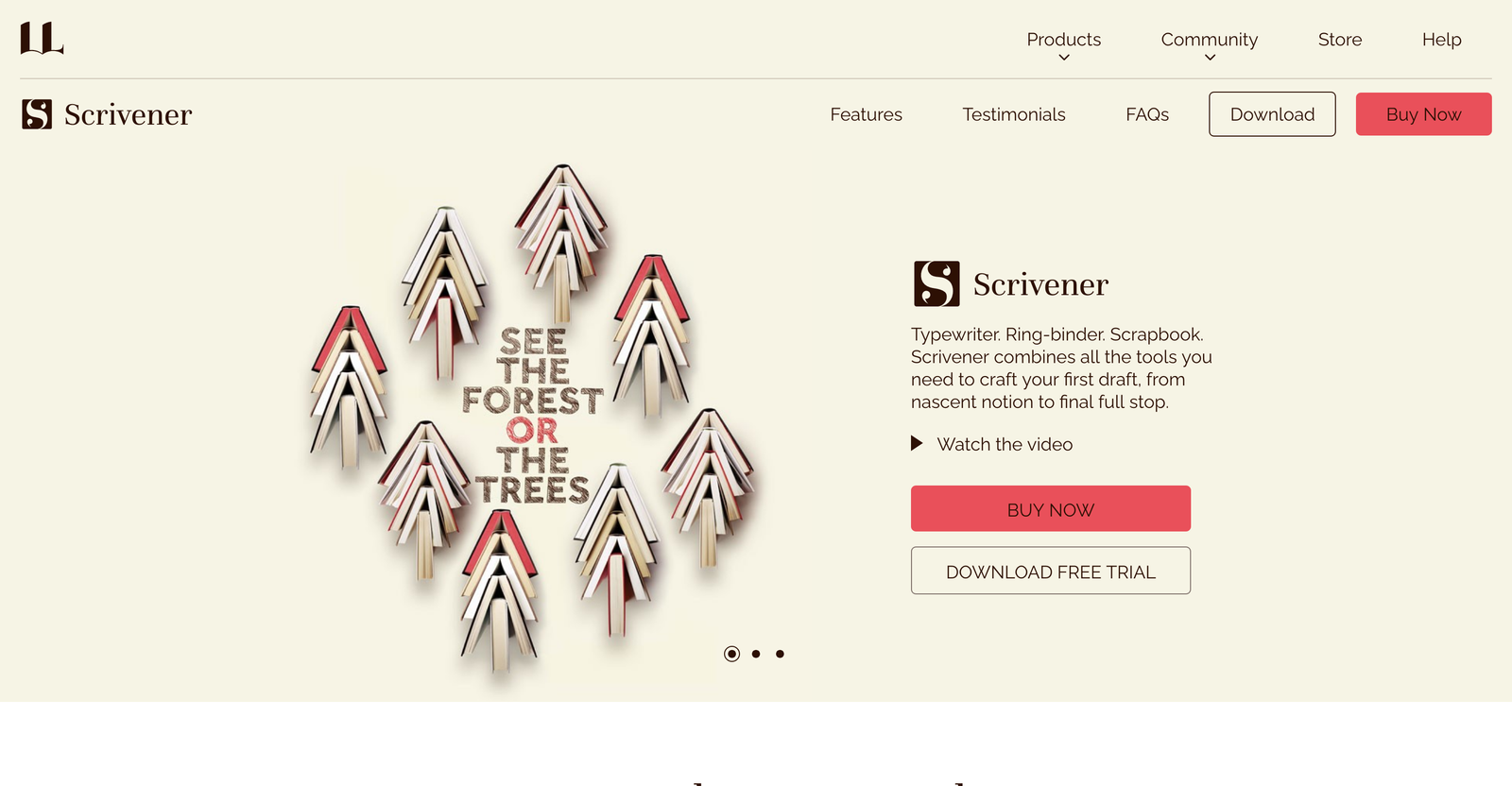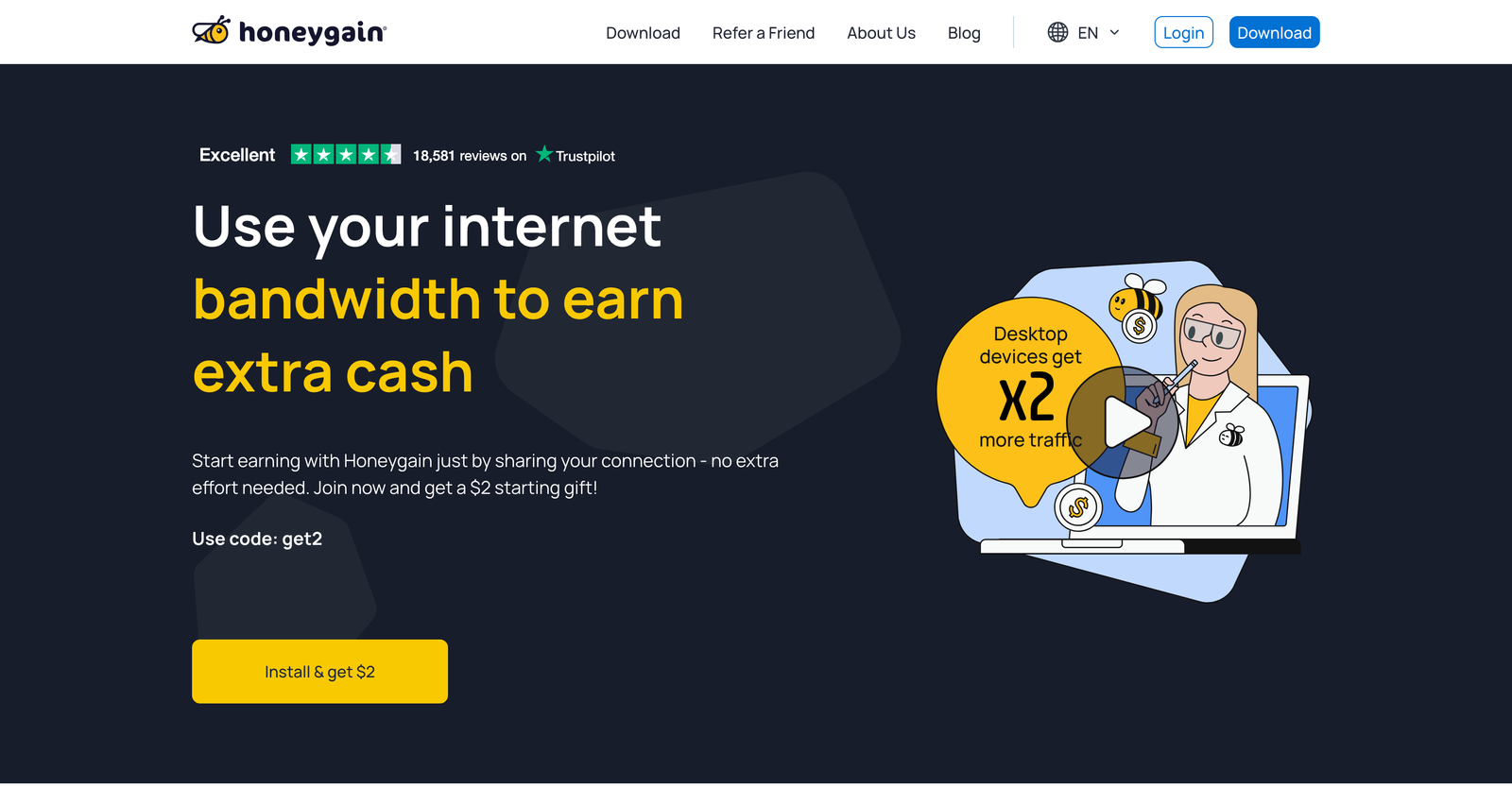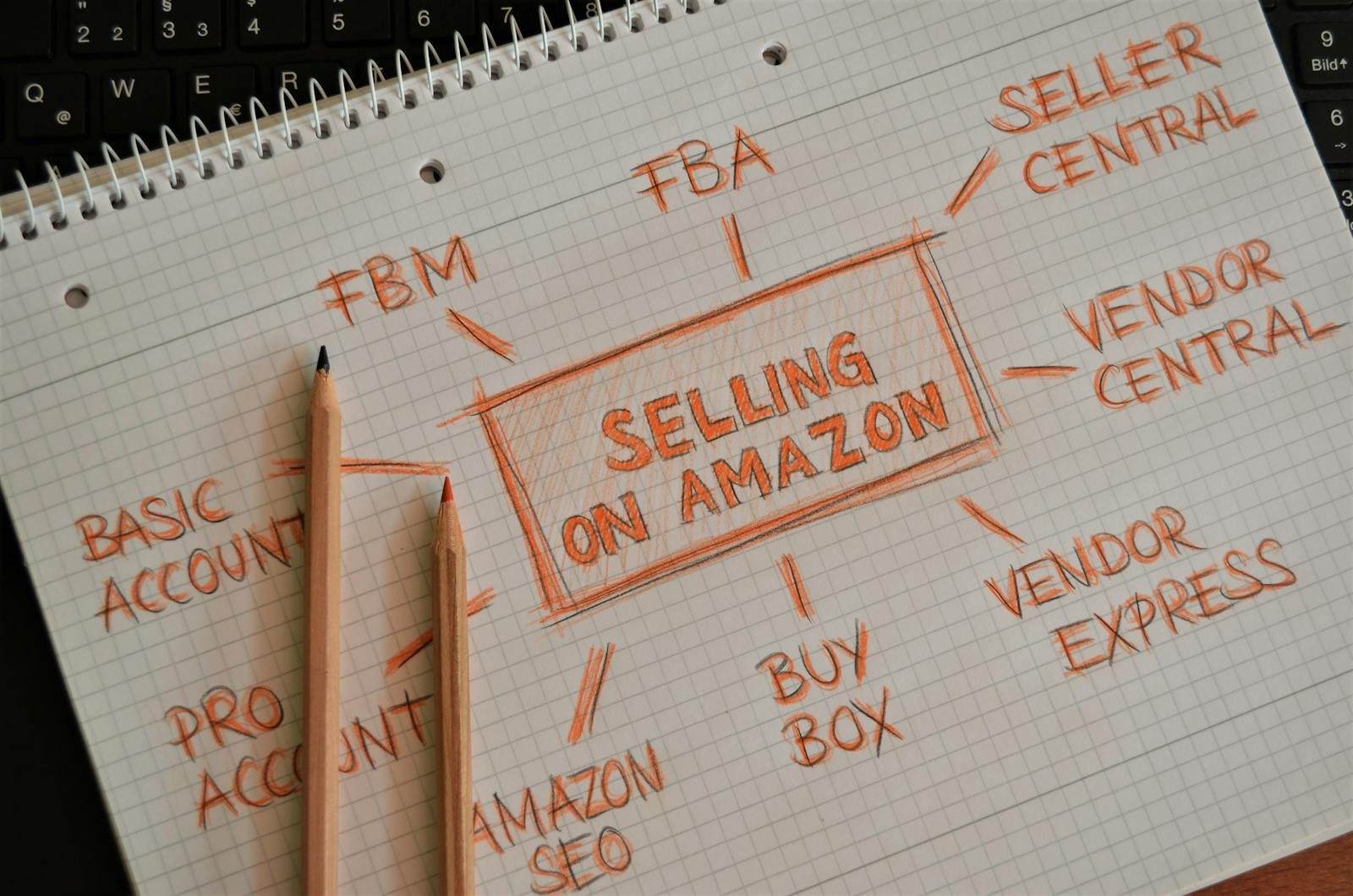Freelancing Business Insights
A talent-based,
service business model
Freelancing is one of the most accessible online business models, allowing individuals to offer specialized services to clients worldwide. Whether you're a writer, designer, developer, or consultant, freelancing provides location freedom and unlimited income potential.
Freelancing Business Insights
A talent-based,
service business model
Freelancing is one of the most accessible online business models, allowing individuals to offer specialized services to clients worldwide. Whether you're a writer, designer, developer, or consultant, freelancing provides location freedom and unlimited income potential.
Freelancing Business Insights
🏆 Overall Business Viability Score
💰 Profitability Score
🚀 Scalability Score
⏳ Time to Profitability Score
💸 Startup Cost Score
🛠️ Operational Complexity Score
📢 Marketing & Customer Acquisition Score
🤖 Automation & Passive Income Score
📈 Market Demand Score
⚠️ Competition Level Score
🌱 Sustainability & Longevity Score
📊 Revenue Stability Score
🏗️ Barrier to Entry Score
🎯 Target Market Size Score
🔧 Skill & Experience Requirement Score
📍 Location Flexibility Score
💼 Legal & Compliance Complexity Score
🔥 Economic Resilience Score
🔄 Recession Proof Score
🏁 Exit Strategy Score
Business Idea Overview:
Freelancing is one of the most accessible online business models, allowing individuals to offer specialized services to clients worldwide. Whether you’re a writer, designer, developer, or consultant, freelancing provides location freedom and unlimited income potential. This guide covers everything from client acquisition and scaling strategies to automation and high-income niches.
📊 Earning Potential
🛠️ Best Platforms & Tools
Freelancers can find work and manage their businesses using platforms like Fiverr. Essential tools include Dubsado or Airtable for project management, Slack for communication, and invoicing tools like FreshBooks or PayPal.
⚠️ Biggest Challenge
Client acquisition and consistency of income. Many freelancers struggle with feast-or-famine cycles, requiring strong marketing, networking, and repeat clients to maintain stability.
💸 Startup Costs & Investment
Freelancing requires minimal investment—just a computer, internet connection, and software for your industry. Initial costs range from $0 to $500, depending on marketing, website setup, and tools.
Create a stunning, high-converting personal brand landing page in minutes. Perfect for freelancers and entrepreneurs looking to stand out.
🔗 Get the Personal Brand Template
📢 Customer Acquisition Strategy
Networking, referrals, cold pitching, LinkedIn outreach, and using platforms like Upwork and Fiverr. Content marketing, SEO, and social media can also generate inbound leads.
📈 Ideal Business Model
Freelancers can charge per hour, per project, or on retainer. Scaling can involve productizing services, offering coaching, or creating digital products.
⏳ Time to Profitability
With the right approach, freelancers can land their first client in days or weeks and be profitable within 1-3 months. However, scaling to a full-time income may take 6-12 months.
🚀 Key to Scaling
Raising rates, specializing in a high-paying niche, outsourcing tasks, and turning freelance services into agencies, courses, or subscription-based services.
🤖 Automation & Passive Income Potential
While freelancing itself is not passive, income streams can be automated through templates, coaching, digital products, or outsourcing work to a team.
🏁 Exit Strategy
Freelancers can transition into consulting, create an agency, license their processes, or sell a personal brand or content-based business (e.g., a blog, online course, or newsletter).
🌱 Sustainability & Longevity
Freelancing is highly sustainable as remote work grows. The industry is adapting to AI and automation, making specialized freelancers more valuable.
🔄 Market Trends & Demand
Freelance demand is increasing, especially in tech, design, writing, and marketing. Businesses prefer hiring contractors over full-time employees for cost efficiency.
🆚 Competition Level
Highly competitive in general skills (writing, graphic design), but low competition in specialized, high-value niches like AI content creation, automation, and technical consulting. Sign up for SEO Flow and start your keyword research today. SEOFlow.app
📍 Location Flexibility
100% remote—freelancers can work from anywhere, making it ideal for digital nomads and global entrepreneurs. Visit NomadWave’s Digital Nomad Community
🎯 Ideal Target Audience
Startups, small businesses, agencies, and individuals needing specialized services. Niching down to a specific industry or business type increases success.
🏗️ Operational Complexity
Simple at first but requires systems for invoicing, contracts, and client management to scale smoothly. View Templates
🔧 Required Skills & Experience
Some industries require prior experience (e.g., programming, legal writing), but many can be self-taught. Communication and business skills are crucial for success.
💼 Legal & Compliance Considerations
Freelancers should have contracts, clear terms of service, and understand taxes, intellectual property rights, and international invoicing laws.
📊 Best Monetization Strategies
Freelancing can thrive in recessions as businesses cut full-time employees and hire contract workers. However, it requires adaptability to industry shifts.
🔥 Recession & Economic Resilience
Freelancing can thrive in recessions as businesses cut full-time employees and hire contract workers. However, it requires adaptability to industry shifts.
💰 Earning Potential of Freelancing
Freelancing offers unlimited earning potential, but income varies based on skill level, industry, experience, and client base. Unlike traditional jobs with fixed salaries, freelancers set their own rates and can scale income through higher pricing, multiple clients, and specialized services.
Factors Affecting Freelance Earnings:
✅ Industry & Niche – Tech, copywriting, marketing, and design freelancers earn significantly more than entry-level administrative or generalist roles.
✅ Experience & Skill Level – Experts and specialized professionals charge premium rates, while beginners may start with lower fees.
✅ Geography & Client Base – Working with international clients in high-income countries increases earning potential.
✅ Pricing Model – Per-project, hourly, or retainer-based pricing structures affect revenue consistency.
✅ Client Acquisition – Freelancers with strong personal branding and marketing skills secure higher-paying clients faster.
Average Freelance Earnings by Industry (Annually):
🔹 Web Development & Software Engineering → $75,000 – $200,000+
🔹 Graphic Design & Branding → $50,000 – $120,000
🔹 Copywriting & Content Writing → $45,000 – $150,000
🔹 Digital Marketing & SEO → $60,000 – $150,000
🔹 Social Media Management → $40,000 – $100,000
🔹 Virtual Assistance & Admin Work → $30,000 – $70,000
How to Maximize Freelance Income:
🚀 Specialize in High-Demand Niches – The more specific and valuable your expertise, the higher you can charge.
🚀 Offer Retainer or Subscription Services – Ensures recurring revenue instead of one-off projects.
🚀 Build a Personal Brand – A strong online presence and portfolio attract premium clients.
🚀 Leverage Automation & Outsourcing – Scaling work through subcontractors increases capacity and revenue.
🚀 Target High-Paying Clients – Work with businesses, agencies, and global companies instead of small-budget clients.
With the right strategy and skills, freelancing can be a six-figure business or even the foundation for an agency or digital product business.
📈 Best Business Models for Freelancing
Freelancing offers multiple ways to structure your business based on income stability, scalability, and client relationships. Choosing the right model depends on your skill set, industry, and long-term goals.
1️⃣ Hourly Rate Model
🔹 Charge clients per hour worked
🔹 Best for beginners or projects with uncertain scope
🔹 Income is limited by time availability
💡 Best for: Virtual assistants, customer support, admin tasks
2️⃣ Per-Project Pricing Model
🔹 Set a fixed price for an entire project
🔹 Allows better income predictability and higher margins
🔹 Requires accurate time & cost estimation
💡 Best for: Graphic designers, copywriters, web developers
3️⃣ Retainer Model (Subscription-Based Freelancing)
🔹 Clients pay a fixed monthly fee for ongoing services
🔹 Provides recurring revenue & financial stability
🔹 Requires long-term client relationships
💡 Best for: Social media managers, consultants, marketing strategists
4️⃣ Value-Based Pricing (High-Ticket Model)
🔹 Charge based on the business impact of your work, not time spent
🔹 Justifies higher fees for solving valuable problems
🔹 Works best for experienced freelancers
💡 Best for: Business consultants, branding experts, copywriters
5️⃣ Productized Services (Freelancer to Business Model)
🔹 Sell standardized service packages instead of custom work
🔹 Allows scalability and streamlined processes
🔹 Creates predictable pricing & faster turnaround
💡 Best for: Website development, SEO audits, branding packages
6️⃣ Agency Model (Scaling Beyond Solo Freelancing)
🔹 Transition from freelancer to business owner by hiring subcontractors
🔹 Increases revenue potential by taking on larger clients & projects
🔹 Requires team management & delegation skills
💡 Best for: Web design, video editing, full-service digital marketing
7️⃣ Hybrid Model (Multiple Revenue Streams)
🔹 Combine different business models to diversify income
🔹 Example: Offer retainer services + sell digital products + consulting
🔹 Ensures income stability & long-term growth
💡 Best for: Established freelancers looking to scale and automate
🚀 Which Freelance Model Is Best?
The best model depends on your goals:
✅ Short-Term Cash Flow? → Hourly & per-project pricing
✅ Financial Stability? → Retainer or subscription-based freelancing
✅ Scalability & Passive Income? → Productized services or an agency model
✅ High-Income Potential? → Value-based pricing & consulting
💡 Pro Tip: Start with a simple pricing model and transition to more scalable models as you grow your freelance business.
🤖 Automation Potential in Freelancing
Freelancing often starts as an active income model, but with the right strategies, it can be automated and scaled to create more passive income and reduce workload. The key to automation is leveraging technology, systems, and outsourcing to streamline tasks and maximize efficiency.
1️⃣ Lead Generation Automation
🔹 Use automated outreach tools (LinkedIn, cold email sequences)
🔹 Leverage SEO & content marketing to attract inbound clients
🔹 Set up lead capture forms & chatbots on your website
💡 Tools: Calendly
2️⃣ Client Onboarding & Proposals
🔹 Use pre-made proposal templates & automate contracts
🔹 Set up automated email sequences for onboarding
🔹 Implement client intake forms to streamline project details
💡 Tools: Dubsado
3️⃣ Task & Project Management
🔹 Automate task assignments, reminders, & tracking
🔹 Use pre-built workflows for different client projects
🔹 Set up recurring task templates for repetitive work
💡 Tools: Airtable
4️⃣ Scheduling & Communication
🔹 Use automated calendar scheduling to avoid back-and-forth emails
🔹 Set up AI-powered chatbots for common inquiries
🔹 Automate follow-up emails with prospects & clients
5️⃣ Payments & Invoicing
🔹 Set up automated invoicing & payment reminders
🔹 Use subscription billing for retainers
🔹 Connect accounting software for seamless financial tracking
💡 Tools: QuickBooks, FreshBooks, Stripe
6️⃣ Content & Marketing Automation
🔹 Schedule social media posts & email newsletters in advance
🔹 Automate blog writing with AI-assisted tools
🔹 Repurpose content across multiple platforms automatically
💡 Tools: JotPro, Social Oomph, Later, ChatGPT
7️⃣ Outsourcing & Delegation
🔹 Hire virtual assistants & subcontractors for repetitive tasks
🔹 Use SOPs (Standard Operating Procedures) for easy delegation
🔹 Outsource admin work, customer service, or content creation
💡 Platforms: Fiverr
8️⃣ Scaling to Passive Income
🔹 Create digital products (e-books, templates, courses)
🔹 Launch membership programs & paid communities
🔹 Set up affiliate income streams within your freelance niche
💡 Examples: Selling Canva templates, offering pre-made website designs, monetizing a YouTube channel
🚀 How Much Can Freelancing Be Automated?
✅ Highly Automated: Lead generation, onboarding, invoicing, scheduling
✅ Partially Automated: Content creation, client communication, project management
✅ Least Automated: Custom client work (unless productized)
With the right tools, systems, and delegation, freelancing can transition from trading time for money to a scalable and semi-passive business.
Get JotPro, the intuitive AI writing tool with over 50 templates, and countless features like Speech-to-Text and Text-to-Speech. Sign Up Free
📢 Marketing Strategies for Freelancers
Freelancers rely on consistent traffic and lead generation to secure clients and scale their businesses. Whether you’re offering writing, design, consulting, or coding services, getting in front of the right audience is key. Here’s how to drive organic, paid, and referral traffic to your freelance business.
Your personal brand is your online identity—make it count with a sleek, high-converting landing page designed for freelancers and entrepreneurs. This template helps you showcase your expertise, build trust, and attract clients effortlessly. No coding required—just customize and launch!
🔗Get the Personal Brand Template and start making an impact today!
1️⃣ SEO & Content Marketing (Organic Traffic)
🔹 Optimize your website & portfolio – Target high-intent keywords like “best freelance web designer”.
🔹 Create value-driven blog content – Answer common client pain points to rank on Google.
🔹 Leverage YouTube & video content – Educational videos build trust and drive inbound leads.
💡 Best Tools: Ahrefs, Surfer SEO, WordPress, Webflow
2️⃣ Social Media Marketing
🔹 Post consistently on LinkedIn, Twitter, and Instagram – Share insights, projects, and testimonials.
🔹 Leverage LinkedIn for cold outreach – Personalize connection requests and send value-driven DMs.
🔹 Engage in Facebook & Reddit groups – Answer questions to build credibility and inbound leads.
💡 Best Tools: Buffer, Hootsuite, LinkedIn Sales Navigator
3️⃣ Paid Ads for Freelance Services
🔹 Run Google Ads on high-intent keywords (“hire freelance graphic designer”).
🔹 Target businesses with Facebook & Instagram Ads – Use retargeting to convert warm leads.
🔹 Experiment with YouTube Ads – Showcase your expertise and drive inquiries.
💡 Best Tools: Google Ads, Meta Business Suite, TikTok Ads
4️⃣ Lead Generation on Marketplaces
🔹 Join high-paying freelance platforms – Upwork, Toptal, Fiverr Pro, PeoplePerHour.
🔹 Optimize your gig descriptions – Use keywords & client-focused benefits.
🔹 Offer free consultations – Get leads to book a call and close them with value.
💡 Best Platforms: Upwork, Contra, Freelancer
5️⃣ Referral & Word-of-Mouth Traffic
🔹 Set up an affiliate or referral system – Reward clients for bringing in new leads.
🔹 Build partnerships with agencies – Get recurring work by partnering with marketing & dev agencies.
🔹 Leverage testimonials & case studies – Showcase real client results to build trust.
💡 Best Tools: ReferralCandy, HoneyBook, Dubsado
6️⃣ Cold Email Outreach
🔹 Create a targeted list of businesses that need your services.
🔹 Personalize every email with specific pain points & solutions.
🔹 Follow up multiple times – Most conversions happen after the 2nd or 3rd email.
💡 Best Tools: Apollo.io, Hunter.io, Lemlist
7️⃣ Networking & Public Speaking
🔹 Speak at industry events & podcasts – Establish authority and get inbound inquiries.
🔹 Attend virtual & in-person networking events – Build high-value relationships.
🔹 Offer free value in communities – Teach a workshop or host a webinar to attract leads.
💡 Best Platforms: Meetup, Eventbrite, Clubhouse
8️⃣ Email Marketing & Nurturing Leads
🔹 Build an email list with a freebie like a “Freelancer Pricing Guide”.
🔹 Send weekly emails with valuable tips and case studies.
🔹 Automate sequences to nurture leads into paying clients.
💡 Best Tools: ConvertKit, ActiveCampaign, Mailchimp
Which Traffic Strategy Works Best for Freelancers?
✅ Best for Long-Term Growth: SEO, Content Marketing, YouTube
✅ Best for Immediate Clients: Cold Outreach, Upwork, Paid Ads
✅ Best for Recurring Work: Networking, Partnerships, Referrals
Successful freelancers stack multiple traffic sources to ensure a steady flow of clients. Mastering one platform first (SEO, social media, outreach) and then expanding is the fastest path to consistent client work. 🚀
🔥 Conversion Tactics for Freelancers
Driving traffic to your freelance business is only half the battle—the real challenge is converting visitors into paying clients. Here’s how to optimize your funnel, build trust, and turn leads into long-term customers.
1️⃣ Optimize Your Website & Portfolio for Conversions
🔹 Clear CTA (Call-to-Action) – Your website should guide visitors toward booking a call or requesting a quote.
🔹 Showcase Strong Testimonials & Case Studies – Real client success stories build trust and social proof.
🔹 Highlight Your Unique Selling Proposition (USP) – What makes you different from other freelancers?
💡 Best Tools: Webflow, WordPress
2️⃣ Offer a Free Consultation or Audit
🔹 Get prospects on a call – Personalize your offer based on their needs.
🔹 Provide value upfront – A quick strategy session can build trust and increase conversions.
🔹 Use a structured sales approach – Ask the right questions, identify pain points, and position your service as the solution.
💡 Best Tools: Calendly
3️⃣ Use Social Proof & Trust Signals
🔹 Client Testimonials & Case Studies – Highlight measurable results from past clients.
🔹 Feature Press Mentions or Certifications – Establish authority and credibility.
🔹 Showcase Logos of Past Clients – “Trusted by [brand names]” boosts confidence.
4️⃣ Leverage Urgency & Scarcity
🔹 Limited Availability – “Only 2 spots left for new clients this month!”
🔹 Time-Sensitive Offers – “Book today and get a free social media audit.”
🔹 Exclusive Discounts for Fast Action – Encourage immediate sign-ups with incentives.
5️⃣ Nail Your Proposal & Pricing Structure
🔹 Custom-Tailored Proposals – Avoid generic pitches. Show you understand their business.
🔹 Use Tiered Pricing (Good, Better, Best) – Offer 3 package levels to give clients choices.
🔹 Make It Easy to Say Yes – Offer flexible payment plans or money-back guarantees.
6️⃣ Streamline the Booking & Onboarding Process
🔹 Frictionless Booking – Reduce steps in your sales process. (No long forms!)
🔹 Automate Onboarding – Send welcome emails, contracts, and invoices seamlessly.
🔹 Clear Next Steps – Outline the process from payment to project completion.
💡 Best Tools: Dubsado, Make, Airtable
7️⃣ Leverage Email & Retargeting Strategies
🔹 Capture Leads with a Freebie (Lead Magnet) – e.g., “The Freelancer’s Pricing Guide.”
🔹 Follow Up with an Email Sequence – Convert cold leads into clients over time.
🔹 Use Retargeting Ads – Re-engage visitors who didn’t convert on their first visit.
💡 Best Tools: Flodesk
8️⃣ Overcome Objections Before They Arise
🔹 Create a Detailed FAQ Section – Address common concerns before prospects ask.
🔹 Offer a Trial or Sample Work – Reduce risk for hesitant buyers.
🔹 Demonstrate ROI – Clearly show the value and impact of your service.
9️⃣ Focus on High-Quality Lead Nurturing
🔹 Personalized Follow-Ups – A simple email or message can revive lost leads.
🔹 Keep Warm Leads Engaged – Share relevant blog posts, insights, or industry trends.
🔹 Provide Consistent Value – Offer free strategy calls, audits, or behind-the-scenes insights.
🔑 The Key to Higher Conversions?
Freelancers who master conversion turn website visitors into clients effortlessly. The most effective strategies focus on:
✅ Trust & Social Proof – Testimonials, case studies, and credibility markers.
✅ Clarity & Simplicity – Easy-to-navigate booking & onboarding.
✅ Value-First Approach – Offering free resources & consultations to build relationships.
Mastering these conversion tactics will help you book more high-paying clients without working harder—just smarter. 🚀
💰 The Most Profitable Niches for Freelancers
Not all freelancing niches are created equal—some have higher earning potential, lower competition, and more demand than others. Choosing the right niche can mean the difference between struggling for clients and building a thriving, profitable freelance business.
Here are the top high-paying, in-demand niches to consider:
📈 1️⃣ Digital Marketing & SEO
💰 Earning Potential: $50-$200/hour
✅ High demand as businesses compete for online visibility
✅ Recurring work (monthly SEO services, ongoing ad management)
✅ Scalable – you can offer courses, audits, or consulting
💡 Popular Services:
- Search Engine Optimization (SEO)
- Pay-Per-Click (PPC) ad management
- Content marketing & strategy
- Email marketing automation
🛠️ Best Platforms: Fiverr
🎨 2️⃣ Graphic Design & Branding
💰 Earning Potential: $40-$150/hour
✅ Businesses always need logos, branding, and visual assets
✅ One of the most scalable freelance businesses (from logos to full branding packages)
✅ Can branch into product design, packaging, and digital assets
💡 Popular Services:
- Logo & brand identity design
- Social media graphics & templates
- Website & UI/UX design
- Print design (flyers, business cards, packaging)
✍️ 3️⃣ Copywriting & Content Writing
💰 Earning Potential: $50-$500 per project
✅ Evergreen demand across every industry
✅ Recurring clients – blogs, sales pages, and email sequences need constant updates
✅ High-ticket potential – sales copywriters can charge $5,000+ per project
💡 Popular Services:
- Website & landing page copywriting
- Blog content & SEO writing
- Email marketing sequences
- Product descriptions & ad copy
🛠️ Best Platforms: Fiverr
💻 4️⃣ Web Development & Software Engineering
💰 Earning Potential: $75-$300/hour
✅ One of the highest-paid freelance niches
✅ Businesses constantly need website updates, integrations, and development
✅ Long-term contracts are common
💡 Popular Services:
- Custom website development
- WordPress, Shopify, Webflow, SiteMake design
- Mobile app development
- AI/automation scripting
📊 5️⃣ Business & Marketing Consulting
💰 Earning Potential: $75-$500/hour
✅ High-ticket service with minimal overhead
✅ Can be easily scaled into group coaching, courses, or workshops
✅ Businesses always need expert advice on strategy, growth, and automation
💡 Popular Services:
- Business strategy consulting
- Sales funnel optimization
- Marketing automation & AI consulting
- High-performance coaching for executives
🎥 6️⃣ Video Editing & Production
💰 Earning Potential: $50-$150/hour
✅ Booming industry due to YouTube, TikTok, and brand video content
✅ Clients need ongoing work for consistent video production
✅ Easy to build monthly retainer contracts
💡 Popular Services:
- YouTube video editing
- Social media reels & TikTok clips
- Motion graphics & animation
- Podcast video editing
🛠️ Best Platforms: Fiverr
🔗 7️⃣ Affiliate Marketing & Lead Generation
💰 Earning Potential: $100-$10,000+ per month
✅ Passive income potential once systems are in place
✅ Works for bloggers, content creators, and website owners
✅ Can be combined with SEO, social media, and paid ads
💡 Popular Services:
- Lead generation for local businesses
- Affiliate marketing strategy & consulting
- Building niche websites for passive income
🛠️ Best Platforms: ClickBank, Amazon Associates, ShareASale
🤖 8️⃣ AI & Automation Services
💰 Earning Potential: $75-$200/hour
✅ Emerging, high-paying industry with low competition
✅ Businesses are desperate for AI automation & chatbot integration
✅ Can lead to long-term contracts & retainers
💡 Popular Services:
- AI chatbot setup (ChatGPT, ManyChat, Drift)
- Business automation (Make)
- AI-generated content & image creation
💡 9️⃣ Coaching & Course Creation
💰 Earning Potential: $100-$10,000 per student
✅ Highly scalable – one course can make six figures
✅ People are willing to pay premium prices for specialized knowledge
✅ Great for consultants, fitness trainers, business coaches, and educators
💡 Popular Services:
- Online coaching programs
- Digital course creation
- Mastermind groups & memberships
🏠 🔟 Real Estate & Airbnb Management
💰 Earning Potential: $500-$10,000+/month
✅ Passive income potential with rental arbitrage or property management
✅ Airbnb hosts can make $2,000+ per month per property
✅ Works well with property investment & flipping
💡 Popular Services:
- Airbnb property management
- Real estate investing consulting
- Short-term rental automation
🚀 Choosing the Most Profitable Freelance Niche
Not all freelance niches are the same. If you want a high-paying and sustainable business, look for:
✅ High Demand – Is there a large, growing audience for this service?
✅ Recurring Revenue Potential – Can you secure monthly clients or passive income?
✅ Low Competition & High-Value Clients – The right niche allows for premium pricing.
✅ Scalability – Can you automate, hire, or productize your services?
If you want to make serious money freelancing, choose a profitable niche and focus on mastering it. 💡🔥
Freelancing vs. Other Business Models: What Makes It Unique?
Freelancing is often seen as one of the easiest and fastest ways to start a business, but how does it compare to other business models like e-commerce, agency work, SaaS, and traditional brick-and-mortar businesses? Here’s a breakdown of the key differences, advantages, and trade-offs of freelancing compared to other business types.
💼 Freelancing vs. Traditional Jobs
✅ More Flexibility: Freelancers set their own schedules, while traditional jobs have fixed hours.
✅ Unlimited Earning Potential: Employees have a set salary, whereas freelancers can increase rates and take on more clients.
⚠️ Less Stability: Traditional jobs provide predictable income and benefits, while freelancing requires constant client acquisition.
Best for: People who want freedom, remote work, and control over income, but are comfortable with some level of uncertainty.
🛍️ Freelancing vs. E-Commerce (Dropshipping, Amazon FBA, etc.)
✅ Lower Startup Costs: Freelancing requires little to no upfront investment, while e-commerce needs product sourcing, inventory, and fulfillment.
✅ Faster Profits: Freelancing generates income immediately, while e-commerce businesses often take months to become profitable.
⚠️ Not Passive Income: Unlike e-commerce, which can run on autopilot, freelancing requires ongoing work to earn.
Best for: Those who want quick cash flow with low risk rather than investing upfront in products or ad campaigns.
📈 Freelancing vs. Affiliate Marketing & Blogging
✅ Immediate Earnings: Freelancers get paid per project or contract, while affiliate marketing and blogging take months (or years) to grow.
✅ Less Uncertainty: Freelancers can control their income by finding clients, whereas affiliate marketing relies on search engine traffic, ad algorithms, and product commission rates.
⚠️ No Passive Income: Freelancing requires ongoing effort, while blogging and affiliate marketing can earn passive income long-term.
Best for: Those who want guaranteed income now instead of waiting for passive income to grow over time.
📊 Freelancing vs. Running an Agency
✅ Lower Complexity: Freelancers work alone and handle only their own clients, while agencies need to hire staff, manage projects, and scale operations.
✅ No Overhead Costs: Agencies require expenses like office space, software, and salaries, while freelancers only need a laptop and Wi-Fi.
⚠️ Limited Scalability: Freelancers trade time for money, while agencies can scale by hiring more team members and increasing capacity.
Best for: People who want simplicity and direct control over their work instead of managing a team and scaling operations.
💻 Freelancing vs. SaaS (Software as a Service)
✅ Quick Profits: Freelancing generates income immediately, while SaaS requires months or years of development before making money.
✅ Lower Risk: Freelancing doesn’t require investment in product development, while SaaS needs funding, developers, and marketing.
⚠️ Not Recurring Revenue: A successful SaaS business provides subscription-based, passive income, while freelancers must continuously find new clients.
Best for: Those who want to start earning quickly rather than investing in long-term tech development.
🏢 Freelancing vs. Brick-and-Mortar Businesses
✅ Low Startup Costs: Traditional businesses require rent, inventory, and staff, while freelancing can be started with $0 upfront costs.
✅ Location Freedom: Freelancers can work remotely from anywhere, while physical businesses require a fixed location.
⚠️ Less Stability: Traditional businesses may have more predictable income once established, while freelancing requires constant client outreach.
Best for: People who want location freedom and low-risk startup costs over physical store stability.
🚀 Which Business Model is Right for You?
If you value freedom, quick income, and a low-risk startup, freelancing is an excellent choice. However, if you’re looking for scalability, passive income, or automation, e-commerce, SaaS, or an agency model might be better long-term.
- Choose freelancing if you want to start earning immediately with minimal costs.
- Choose an agency or SaaS if you want to scale beyond just your own time and effort.
- Choose affiliate marketing or e-commerce if you’re willing to wait for passive income but want long-term growth.
Freelancing can also be a stepping stone to other business models—many entrepreneurs start as freelancers and later build agencies, SaaS products, or passive income businesses. It’s one of the best entry points into entrepreneurship!
The Future of Freelancing: Trends & Opportunities
The freelancing industry is evolving rapidly, driven by technology, automation, and global shifts in work culture. Whether you’re considering freelancing as a side hustle or a full-time career, understanding where the industry is headed can help you stay ahead of the curve.
Here are the biggest freelancing trends shaping the future and what they mean for freelancers.
🌍 The Rise of the Global Gig Economy
Freelancing is no longer limited to local markets. With remote work becoming more common, businesses are hiring freelancers from anywhere in the world. This creates more opportunities but also increases competition.
What This Means for You:
- Learn how to market yourself globally.
- Specialize in high-demand skills to stand out in a competitive landscape.
- Offer competitive pricing without undervaluing your skills.
🤖 AI & Automation: Threat or Opportunity?
AI-powered tools like ChatGPT, Jasper, and Canva are automating writing, design, and marketing tasks—but they don’t replace human creativity. The demand for freelancers who can use AI effectively is increasing.
What This Means for You:
- Learn to leverage AI tools to work faster and deliver better results.
- Focus on strategy, creativity, and problem-solving—skills AI can’t replace.
- Offer AI-assisted services (e.g., AI-powered content creation, automated workflows).
💼 More Companies Relying on Freelancers
Businesses are shifting from hiring full-time employees to on-demand freelance talent to cut costs and increase flexibility. Startups and even large corporations are outsourcing work to freelancers instead of building in-house teams.
What This Means for You:
- Expect more high-paying freelance jobs from big brands.
- Build long-term client relationships instead of one-off projects.
- Develop expertise in specific industries that require ongoing freelance work.
🎯 Specialization & High-Ticket Niches Will Dominate
Generalist freelancers will struggle to stand out. Companies are looking for experts in specific niches rather than hiring someone who “does it all.” The most profitable freelancers will be those who offer specialized, high-value services.
What This Means for You:
- Niche down and master one high-value skill or industry.
- Position yourself as an expert, not a generalist.
- Charge premium rates for specialized services.
📈 Growth of Subscription & Retainer-Based Freelancing
Instead of one-time projects, more freelancers are moving to monthly retainers and subscription models. This creates stable, predictable income and helps freelancers scale.
What This Means for You:
- Offer ongoing services (e.g., monthly content creation, social media management, consulting).
- Focus on client retention rather than chasing new leads every month.
- Automate parts of your business to increase efficiency and take on more clients.
🌐 Web3, Crypto & Decentralized Work Platforms
Blockchain and decentralized platforms are changing how freelancers get paid and work with clients. Crypto-based payments and smart contracts are making freelancing more transparent and borderless.
What This Means for You:
- Be open to accepting crypto payments for international work.
- Stay informed on Web3 job platforms and decentralized work opportunities.
- Explore new blockchain-based freelancing platforms that offer fair pay and no middlemen.
📊 Data-Driven Freelancing & Personal Branding
Freelancers who use data to track and optimize their results will outperform those who don’t. Clients now expect freelancers to provide measurable results. Strong personal branding also makes client acquisition easier.
What This Means for You:
- Showcase case studies and performance metrics in your portfolio.
- Build a strong online presence (LinkedIn, Twitter, personal website).
- Track your freelance income, client retention, and conversion rates.
📢 Content Marketing & Authority Building for Freelancers
Freelancers who build an audience and brand themselves as thought leaders will attract higher-paying clients. Those who create content (blogs, YouTube, LinkedIn posts) will have inbound leads instead of chasing work.
What This Means for You:
- Start sharing insights about your industry on social media.
- Create content (blog posts, videos, newsletters) to position yourself as an expert.
- Use SEO and LinkedIn to attract inbound clients instead of cold pitching.
🔥 The Future of Freelancing is Bright—If You Adapt
The freelance industry is evolving, and those who stay ahead of the trends will thrive. To succeed in the future of freelancing, focus on:
✅ Niche specialization instead of being a generalist.
✅ Leveraging AI & automation to work smarter.
✅ Building authority & inbound leads through content.
✅ Offering subscription-based services for stable income.
✅ Adapting to new platforms like Web3 and decentralized work.
Freelancing isn’t just a short-term hustle—it’s a sustainable business model that can grow into long-term financial independence. The question is: Are you ready for the future? 🚀
Updates on
Freelancing Businesses
Get notified on new updates with the
Freelancing business ecosystem.
Sponsor
Reviews of Freelancing Business Landscape
https://www.gezesrkog.com/
Dear,
I hope this email finds you well. I’m excited to introduce you to Cargoholidays.com, your gateway to a unique and adventurous way of exploring the world through cargo ship travel. As a leading cargo travel agency, we specialize in creating unforgettable journeys that offer a fresh perspective on travel and adventure.
At CargoHolidays, we understand that traditional travel experiences may not be for everyone, and that’s why we offer an alternative that’s both enriching and fascinating. Our cargo ship travel services open up a world of possibilities for those seeking a truly authentic and immersive travel experience.
I invite you to explore our website at CargoHolidays Website to browse our available routes at cargoholidays.com, destinations, and testimonials from fellow adventurers who have experienced the magic of cargo ship travel with us.
If you’re ready to embark on a one-of-a-kind journey or have any questions about our services, please don’t hesitate to contact us at contact@cargoholidays.com. Our dedicated team is here to assist you in planning your cargo ship adventure, providing insights, and addressing any queries you may have.
Safe travels and warm regards,




